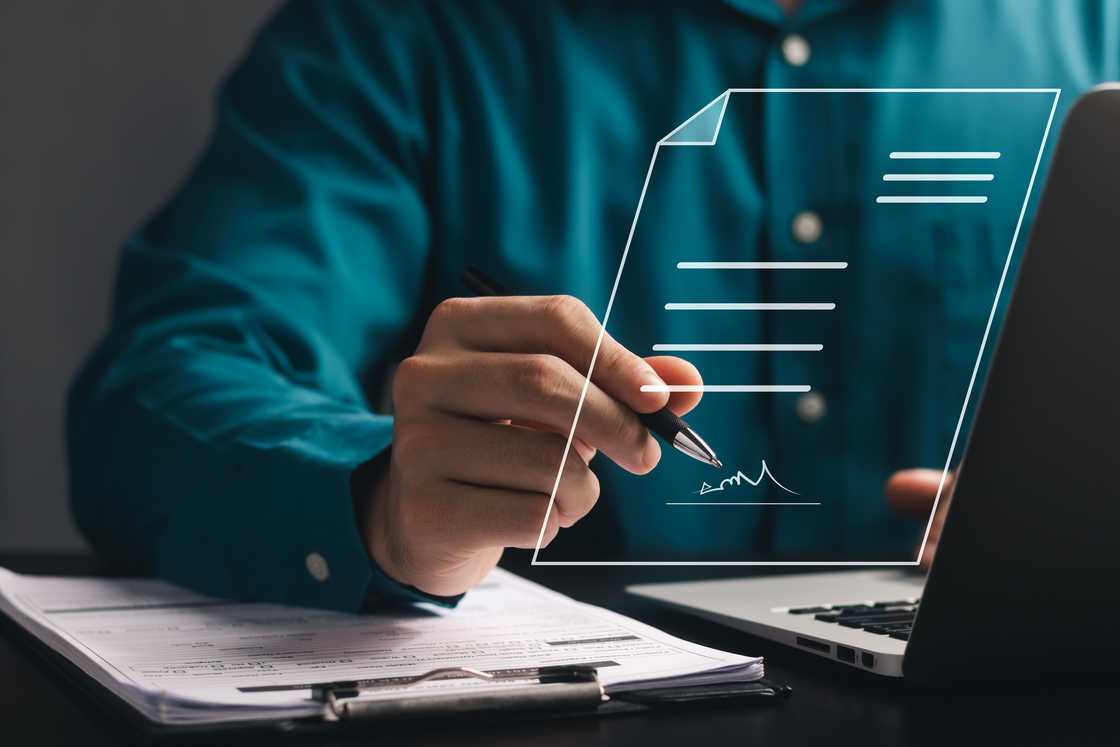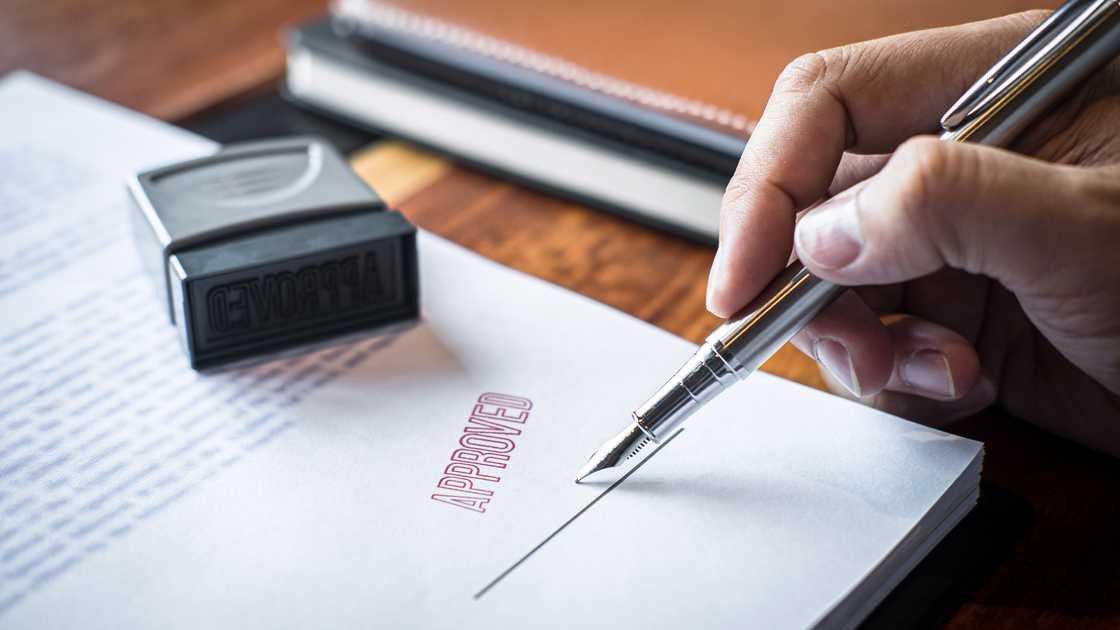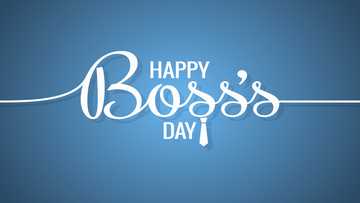How to sign a letter: The best ten ways to sign off a letter (With examples)
Learning how to sign a letter properly is crucial for clear communication in formal and informal contexts. Whether composing a business correspondence or writing a heartfelt note to a friend, knowing how to sign off properly adds a personal touch and reinforces the message's sincerity.

Source: Getty Images
TABLE OF CONTENTS
A letter is a written message sent between individuals, often through mail or email, conveying personal, professional, or business information. Mastering the art of signing a letter ensures that your messages are communicated with clarity and appropriate sentiment, enhancing their impact on the recipient. Here are different examples of how to sign a letter.
How to sign a letter
What is the proper way to sign a letter? Understanding how to sign a letter is crucial for mastering business documents and correspondence, including friendly/personal or love letters. It is essential to learn where to position your signature and what details to include before and after it. Here are a few examples to consider.
1. Full names
Using your full name reveals your identity to the recipient and clarifies who the letter is from, especially in professional or formal contexts. It also shows respect and professionalism, making a positive impression on the reader. Check the example below.
Thank you for your time and consideration. I look forward to hearing from you soon.
Best regards,
Johnathan Alexander Smith
2. Title and name

Source: Getty Images
How do I sign a business letter? You can sign a business letter using your title and name. Do this by skipping four lines after the closing and typing your name. Then, skip another line and type your job title and company name. If you're sending a hard copy, sign your name in the blank space with blue or black ink. Here is an example:
Thank you for your time and consideration. I look forward to hearing from you soon.
Sincerely,
Johnathan Alexander Smith
Marketing Director
ABC Corporation
3. Nickname
This is a perfect example of how to sign a letter to a friend: When writing to a friend, it's perfectly fine to sign your letter with your best nickname. Using your nickname adds a personal touch and makes the letter warm and familiar. It shows your friend that you have a close and comfortable relationship.
So, after finishing your message, sign off with your nickname to keep the tone friendly and casual. For example, if your nickname is Sam, you would write:
Best wishes,
Sam.
4. Electronic signature

Source: Getty Images
When sending a letter electronically, such as an email or a digital document, you have two options for signing it. You can create an electronic signature using specialised software, which allows you to sign documents in a way that looks like a handwritten signature. Alternatively, you can type your full name in the email or document. For example, at the end of your email, you might write:
Best regards,
Alvin Smith.
5. Personal touches
Adding personal touches can make your signature stand out and be easily remembered. For example, you could include a small drawing or logo that shows your best hobbies or use a unique ink colour. However, it's essential to ensure these additions are appropriate for the situation and won't make the letter look less professional.
6. Signature

Source: Getty Images
How do you sign a formal letter? The traditional and most widely accepted method is to use your handwritten signature. This approach is considered the most professional and formal way to conclude a letter.
After finishing the body of your letter, you would type your closing phrase, such as sincerely, skip a few lines to leave space for your handwritten signature, and finally, type your full name. Check the example below.
Sincerely,
Your handwritten signature
John Smith
7. Signing using initials
In a business letter, the writer's initials are placed first and should be in capital letters. These are followed by either a colon or a slash mark. After this, you include the typist's initials, which should be lowercase. This format helps identify both the author and the typist of the letter. For instance, if John Smith wrote the letter and Jane Smith typed it, it would look like JS/js or JS.
8. Designation
When sending a letter on behalf of your company, it is appropriate to sign off using your job title or designation. For instance, you could conclude the formal letter with a sign-off like:
Sincerely,
John Smith
Marketing Manager.
This approach helps indicate your organisational role and adds a professional touch to your correspondence. So, if you are stuck on how to sign off on a business letter, consider the above format.
9. Initials with a stamp

Source: Getty Images
How do you sign a formal letter? You can sign a formal letter using your initials and a stamp. For example, after typing your letter and leaving a space at the bottom, you can write your initials in the centre. You can use a stamp with your full name and title underneath it. This method is standard in formal settings to ensure your identity is clear and professional.
10. Warm closing, and your name

Read also
NTC portal: How to register and activate a pending account, log in instructions, CPD points
After expressing your gratitude, end the note with a warm closing, such as sincerely, warm regards, or appreciation. Below the closing, sign your full name. If you have a close relationship with the recipient, you can also sign with your nickname for a more personal touch. Here is an example:
Sincerely,
John Smith
How to sign a letter off properly
How do you sign off a letter correctly? Alternatively, you can add a personal touch, suitable for casual letters or those sent to friends and family. You should select a closing that matches the tone and purpose of your letter. Here are a few examples:
- Thanks/Thank you/Thanks again
- Best regards/Best wishes/Warm regards/Kind regards
- Cheers
- All the best/My best
- Love/With Love
- Yours truly
- Warmly/Faithfully
- Take care/With appreciation
- Sincerely/Yours sincerely
- Respectfully / Respectfully yours / Cordially
How do you end a friendly letter?
To end a friendly letter, choose a warm and personal closing. Typical closings include phrases like "Best wishes," "Take care," "Warm regards," or "Love," depending on the recipient's level of familiarity. After the closing, sign your name or nickname, if possible, and maintain a friendly tone throughout your letter.
How do you sign a professional letter?
How do you end a formal letter? There are many ways of ending a professional letter. You can use a signature, initials, full names, a stamp of your name, and many more.
How to sign a thank you note?
The best way to sign a thank you note is to use a warm closing, such as appreciation and warm regards.
Mastering the art of signing a letter is essential for effective communication in both formal and informal contexts. Whether composing business correspondence or writing to friends, choosing the appropriate sign-off adds a personal touch and enhances the sincerity of your message. The options above will help you know how to sign a letter in different environments.
Yen.com.gh shared an article on how to reply to a query letter from management at your workplace. If you are employed, you should know how to reply to a query letter to your boss if you go against the company rules.
Sometimes, you don't intend to conduct malpractices at work. Nevertheless, situations that need urgent responses happen at home, and you must attend to them first at the expense of your job. Read this post to learn how to go about it when this happens.
Source: YEN.com.gh






